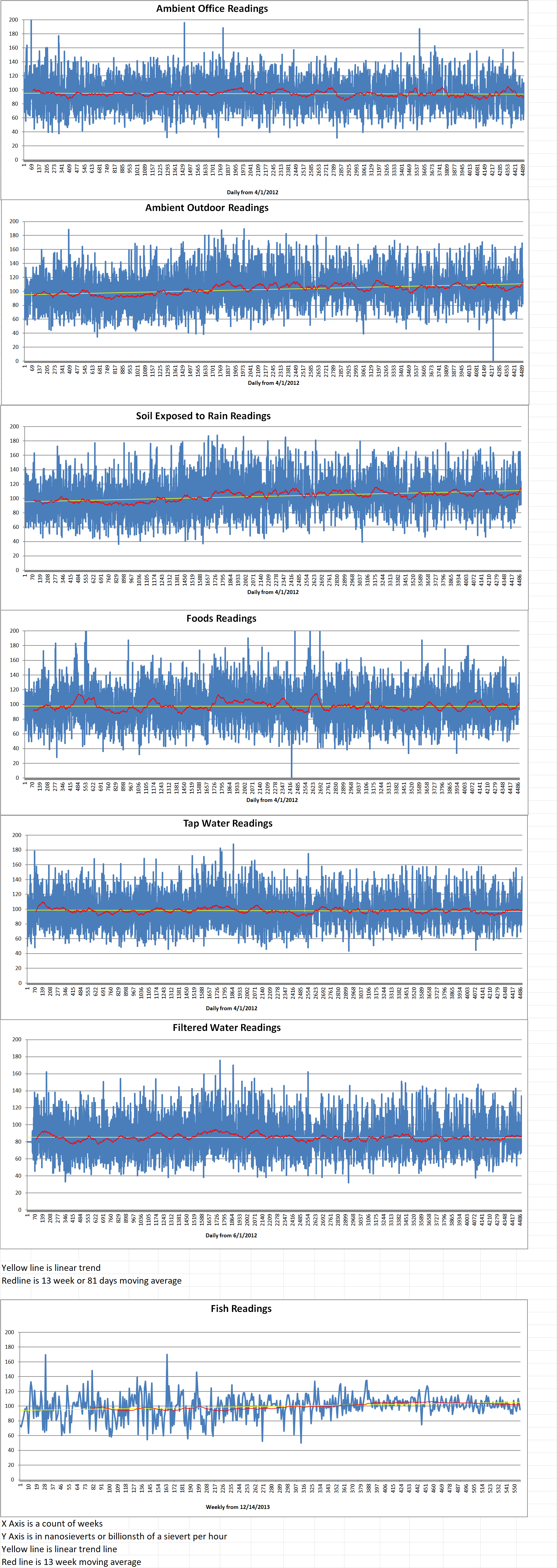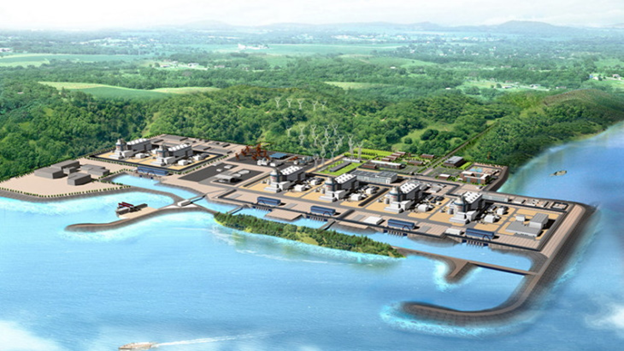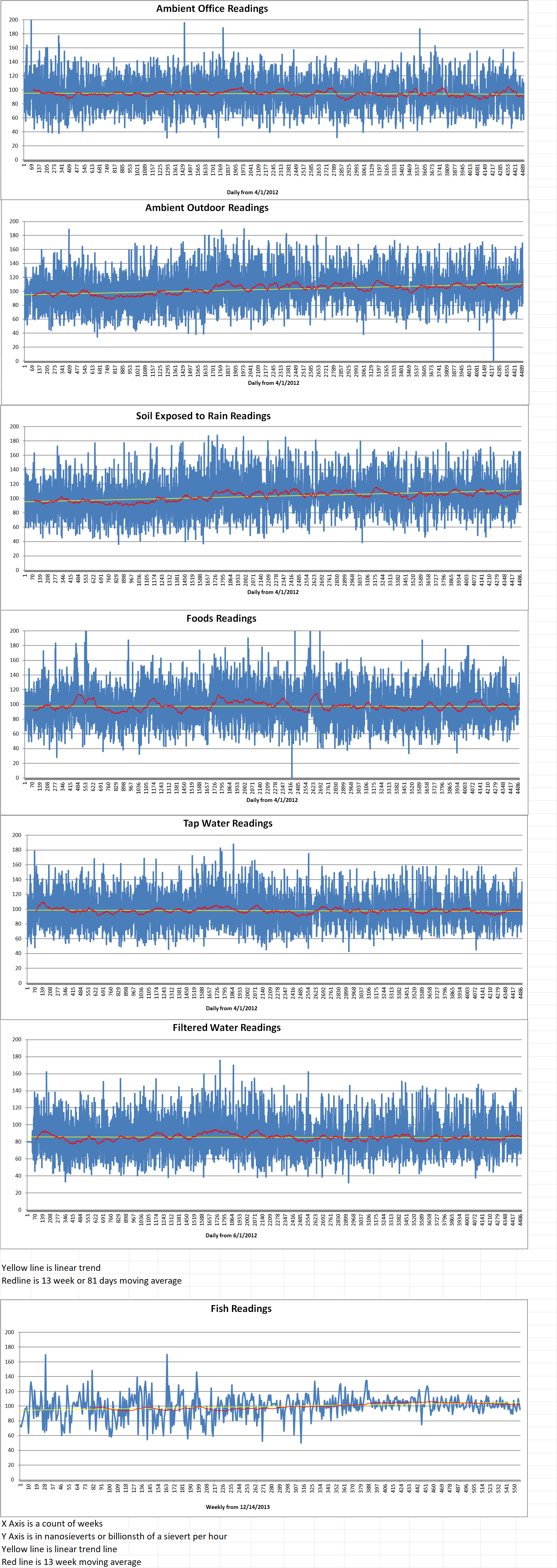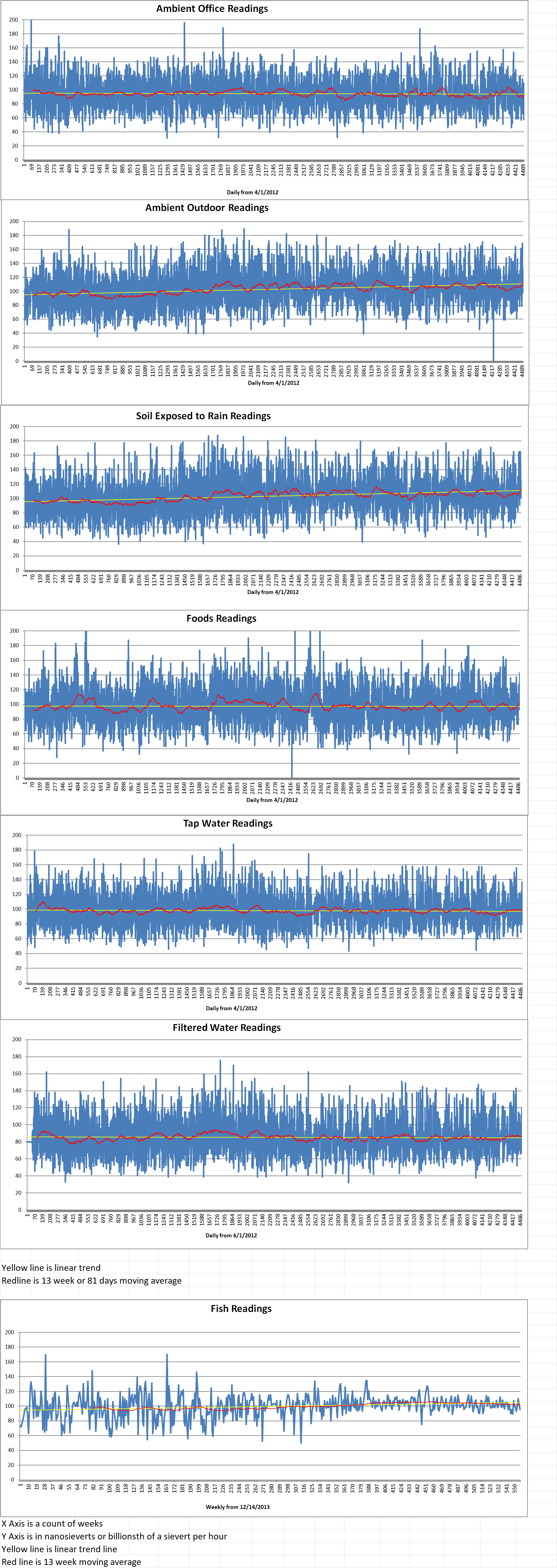Part 2 of 2 Parts (Please read Part 1 first)
France has taken a major leap forward in the race for nuclear fusion energy. It just achieved a new world record for plasma duration. On February 12th, 2025, scientists at the French Alternative Energies and Atomic Energy Commission (CEA) successfully sustained a plasma reaction for one thousand three hundred and thirty-seven seconds (over twenty-two minutes) inside the WEST tokamak reactor.
This breakthrough surpasses the previous record of one thousand and sixty-six seconds (eighteen minutes), set by China’s EAST tokamak in January 2025, marking a 25% improvement. It demonstrates the growing ability to control fusion reactions for extended periods, a critical step toward making fusion energy a practical power source.
Located at the CEA Cadarache site in southern France, WEST (W Environment in Steady-state Tokamak) is an advanced research facility designed to explore the conditions necessary for sustainable fusion power.
During this experiment, the plasma inside WEST reached temperatures of ninety million degrees Fahrenheit, which is hot enough to sustain nuclear fusion. The team also confirmed that the reactor’s plasma-facing components remained stable. This proved that materials can withstand prolonged exposure to extreme heat and radiation.
Anne-Isabelle Etienvre is the Director of Fundamental Research at the CEA. She claimed that this milestone is a major technological step forward. She added, “WEST has achieved a new key technological milestone by maintaining hydrogen plasma for more than twenty minutes through the injection of two megawatts of heating power. WEST experiments will continue with increased power. This excellent result allows both WEST and the French community to lead the way for the future use of ITER.”
Nuclear fusion is frequently described as the “holy grail” of clean energy. Unlike nuclear fission, which powers today’s reactors by splitting atoms, fusion generates energy by fusing hydrogen isotopes, producing helium and enormous amounts of heat.
The potential benefits of commercial nuclear fusion are immense. Fusion power offers virtually limitless energy, as its most common fuel is derived from hydrogen, which is abundant and widely available. Unlike fossil fuels, fusion does not produce greenhouse gas emissions. This makes it an environmentally friendly solution for large-scale energy production. Unlike traditional nuclear fission, fusion creates minimal radioactive waste, as it does not generate long-lived radioactive byproducts.
The main challenge in generating fusion power on Earth has always been maintaining the plasma long enough for energy generation to be commercially viable. Plasma, the superheated gas where fusion reactions occur, must be confined within a powerful magnetic field inside a tokamak reactor. If the plasma becomes unstable, the reaction terminates.
The recent achievement at WEST brings scientists closer to solving this challenge, offering new hope that nuclear fusion can become a practical energy source in the near future.
WEST is part of an expanding international effort to develop nuclear fusion, alongside major projects like ITER, EAST, JT-60SA, and KSTAR. ITER, located in France, is the world’s biggest fusion experiment and is expected to begin operations in the 2030s. EAST, China’s Experimental Advanced Superconducting Tokamak, previously held the record for plasma duration as detailed above, but WEST’s latest breakthrough has now surpassed it.
In Japan, JT-60SA is testing new fusion reactor designs that could eventually be used in commercial fusion power plants. South Korea’s KSTAR project is also making advances in sustaining high-temperature plasmas for extended periods.
These projects are working together to develop the technologies needed for commercial fusion reactors. WEST’s latest findings are providing valuable data for ITER’s future operations. By proving that long-duration plasma reactions are achievable, WEST is helping to develop the engineering and materials that will be required for full-scale fusion power plants in the future.
While WEST itself will never become a commercial fusion power plant, its success lays the foundation for future reactors that could power entire cities with fusion energy. The next phase of research will focus on extending plasma durations even further. The goal is to eventually achieve multi-hour sustained reactions.
Increasing the heating power to achieve even higher temperatures, closer to two hundred million degrees Fahrenheit, will also be a priority. In addition, scientists will continue developing and testing new materials to ensure reactor components can withstand prolonged fusion conditions without degrading.
Despite these advances, commercial fusion power is still years away from large-scale deployment. Scientists must overcome critical challenges, including achieving net energy gain, meaning the fusion reactor must produce more energy than it consumes. Currently, no fusion reactor has successfully reached this milestone. However, WEST’s latest experiment brings that goal one step closer.
W Environment in Steady-state Tokamak







